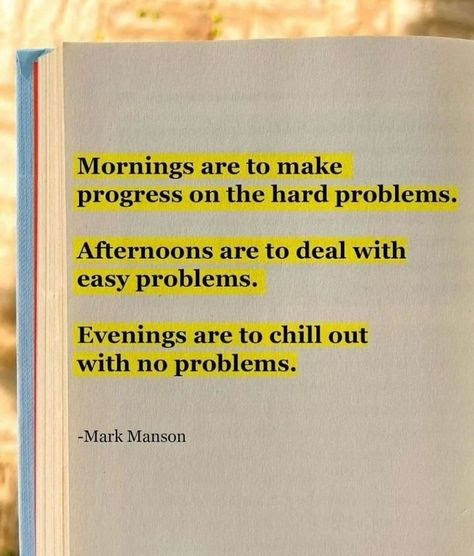I was reading the book GRANDMA’S
BAG OF STORIES by Sudha Murty.
In that “The Princess's New Clothes” throws
light on the multiple layers of onion in an interesting way and the funny
reason for tears while chopping the same.
Read here to know the full story: https://www.youtube.com/watch?v=hkVgFofTElo
This story initiated me to go
through the features of the onion and its entry to India.
Many archaeologists, botanists,
and food historians believe onions originated in central Asia. Other research suggests
that onions were first grown in Iran and West Pakistan. It is presumed that our
predecessors discovered and started eating wild onions very early long before
farming or even writing was invented.
Onions have been variously
described as having originated in Iran, western Pakistan, and Central Asia.
Traces of onions recovered from Bronze Age settlements in China suggest that
onions were used as far back as 5000 BC, not only for their flavour but also
for the bulb's durability in storage and transport.
Its name is probably derived
from the Latin unus, meaning “one.” The Romans introduced the onion to
Britain and, in the New World, Native Americans added a highly pungent wild
onion (Allium canadense) to their stews.
Onion plants have fibrous
roots. Fibrous roots arise from the base of the stem leaves rather than from
the radicle. They are bushy roots formed by several thin, hairy, and moderately
branched roots.
It is believed that Egyptians fed
them to workers for strength to build pyramids. References to onion as food
were also found in the Bible and Kuran. In India, onion has been grown since
ancient times as mentioned in a famous early medicine treatise Charaka Samhita
(6 B.C.).
In Vedas: It is stated in the
Vedas that whoever consumes onion and garlic has a rigid and strong body
but a mundane and contaminated intelligence like demons. According to legend,
when Rahu Ketu swallowed Amrit and Sudarshan Chakra sliced its neck, a few
droplets of Rahu's saliva (white) and Ketu's blood (red) dropped to Earth.
It is said that the origin of
garlic is linked to the beheading of two demons, Rahu and Ketu, by Lord Vishnu
after Samudra Manthan. After the beheading of the demons, a few drops of blood
fell on the ground and from that garlic and onion emerged.
In Ayurveda: The contents are considered to be "rajasic" or
"tamasic" in nature, associated with heightened activity and a
negative influence on spiritual practices, meditation, or mindfulness.
Thus, to maintain a pure and calm state of mind, some individuals choose
to avoid onions.
Benefits: Onions add flavor and make you cry, they
have health benefits, and they are spicy, crunchy, and juicy.
Onion is characterized by
its distinct flavour and pungency which are due to various sulphur
compounds. The chemical composition varies from variety to variety and with
season of production and storage life. Dehydrated onion in the form of rings,
powder, kibbles, etc. is in great demand.
Onions are a root vegetable with a
variety of benefits. They're high in antioxidants and sulphur-containing
compounds, some of which may have a number of beneficial effects. Although more
research is needed, onions have been linked to improved bone health, lower
blood sugar levels, and a reduced risk of cancer.
City of Onions: Nashik, a city in
Maharashtra, is well-known for its onions, known as Kanda in Marathi.
These pungent bulbs, famous for their bitter flavour and extended shelf life,
are common in kitchens around the world.
Onions for Good Luck: To Greeks, onions are a
symbol of good luck and fertility, because they sprout even when no one is
paying attention to them. On New Year's Eve, families in Greece hang bundles of
onions above their doors as a means of inviting prosperity into the home.
Onions whether eaten raw in salad
or sandwich, sautéed, roasted, or as a part of Indian gravy, onions lend their
strong flavour to the dish they are added to. Amongst the yellow white and red
onions, the red variety is most commonly used in India.
So these are the pieces of
information I got about onions, if you know any story on onions, do share it in
the comments.















